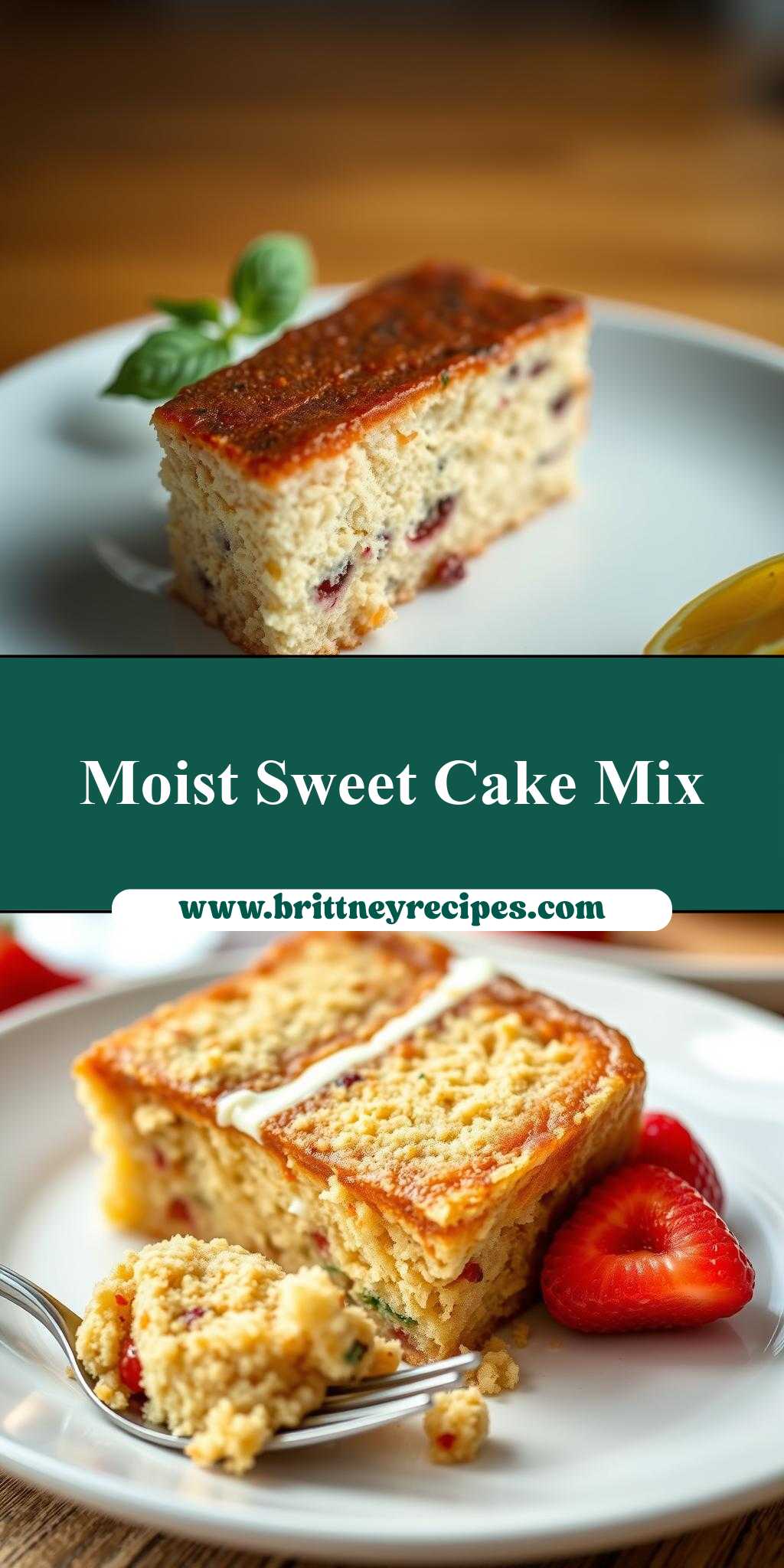What makes the perfect cake recipe so elusive, is it the moist texture or the rich flavor. This easy homemade cake recipe uses simple ingredients like butter and sugar to create a decadent treat, perfect for a weeknight dinner or family favorite, save this idea for your next special occasion and try it soon.
cake recipe
Introduction
Baking a cake from scratch can seem like an intimidating task, but with the right recipe and a few simple techniques, you can create a delicious and impressive dessert using everyday ingredients. This cake recipe is designed to be easy to follow and requires minimal special equipment, making it perfect for beginners and experienced bakers alike. The combination of moist vanilla cake, rich buttercream frosting, and decorative toppings will make your cake a showstopper at any gathering. Whether you’re celebrating a birthday, anniversary, or just want to treat yourself, this cake recipe is sure to impress.
Why This Works
- Flavor balance and ingredient accessibility: This recipe uses a combination of common pantry staples and easy-to-find ingredients to create a balanced and delicious flavor profile.
- Ease of preparation: The step-by-step instructions and straightforward technique make it easy to prepare and bake the cake, even for those with limited baking experience.
- Impressive results with minimal effort: Despite its simplicity, this recipe produces a beautifully textured and flavorful cake that’s sure to impress your friends and family.
Key Ingredients
The key ingredients in this cake recipe include all-purpose flour, granulated sugar, unsalted butter, eggs, vanilla extract, and whole milk. You’ll also need confectioners’ sugar and butter for the frosting. If you don’t have buttermilk, you can make a substitute by mixing 1 cup of milk with 1 tablespoon of white vinegar or lemon juice. For a gluten-free option, you can replace the all-purpose flour with a gluten-free flour blend. When choosing your ingredients, be sure to select high-quality items, such as real vanilla extract and fresh eggs, to ensure the best flavor and texture.
Instructions
- Step 1: Begin by preheating your oven to 350°F (180°C) and greasing two 9-inch (23cm) round cake pans. In a medium bowl, whisk together the flour, sugar, and salt. In a large bowl, using an electric mixer, beat the butter until creamy, then add the eggs one at a time, beating well after each addition. Beat in the vanilla extract.
- Step 2: With the mixer on low speed, gradually add the flour mixture to the wet ingredients in three parts, alternating with the milk, beginning and ending with the flour mixture. Beat just until combined.
- Step 3: Divide the batter evenly between the prepared pans and smooth the tops. Bake for 25-30 minutes or until a toothpick inserted into the center comes out clean. Allow the cakes to cool in the pans for 5 minutes, then transfer them to a wire rack to cool completely.
- Step 4: Once the cakes are completely cool, you can frost and decorate them. To make the frosting, beat the butter and confectioners’ sugar until smooth and creamy, then add the vanilla extract and milk as needed to achieve the desired consistency. Place one cake layer on a serving plate and spread a thick layer of frosting on top. Place the second cake layer on top and frost the entire cake with the remaining frosting. Decorate as desired with fresh flowers, sprinkles, or other toppings.
Handy Tips
- Make sure to not overmix the batter, as this can result in a dense cake. Stop mixing as soon as the ingredients are combined.
- Use room temperature ingredients, including the eggs and butter, for the best results.
- Don’t open the oven door during the baking time, as this can cause the cakes to sink or not cook evenly.
- For a moist and tender crumb, avoid overbaking the cakes. A toothpick inserted into the center should come out clean or with a few moist crumbs attached.
Heat Control
When baking the cake, it’s essential to maintain the correct oven temperature to ensure even cooking and prevent overcooking. Use an oven thermometer to verify the temperature, and adjust the oven racks to the middle position to promote air circulation and even baking. The cakes are done when they’re golden brown, firm to the touch, and a toothpick inserted into the center comes out clean.
Crunch Factor
This cake recipe produces a tender and moist crumb with a delicate texture. To achieve this, make sure to not overmix the batter and avoid overbaking the cakes. If you prefer a crunchier texture, you can try adding some chopped nuts or sprinkles to the batter or frosting.
Pro Kitchen Tricks
- Use a kitchen scale to measure the ingredients for accuracy and consistency.
- Make the frosting ahead of time and store it in an airtight container in the refrigerator for up to 3 days.
- For a smooth and creamy frosting, make sure to beat the butter and sugar until light and fluffy, then add the vanilla extract and milk as needed.
- Use a turntable or cake stand to display the cake and make it easier to serve and slice.
Storage Tips
- Store the cake in an airtight container at room temperature for up to 3 days.
- Wrap the cake tightly in plastic wrap or aluminum foil and freeze for up to 2 months. Thaw at room temperature or in the refrigerator.
- Refrigerate the frosting for up to 3 days or freeze for up to 2 months. Bring to room temperature before using.
- Use a cake keeper or cake box to store and transport the cake, keeping it fresh and protected.
Gift Packaging Ideas
This cake is perfect for gifting, and with a few creative packaging ideas, you can make it an even more special and memorable gift. Consider placing the cake in a decorative cake box or tin, or wrapping it in colorful paper or fabric. You can also add a personal touch with a handwritten note or card, or include a few extra goodies like candies or cookies. For a more rustic look, try placing the cake in a wooden crate or basket, or wrapping it in a vintage tea towel or apron.
Flavor Variations
- Try adding different spices, such as cinnamon, nutmeg, or cardamom, to the batter for a unique flavor.
- Use creative toppings, such as fresh berries, chopped nuts, or shredded coconut, to add texture and visual interest.
- Swap out the vanilla extract for a different flavor, such as almond or lemon, for a distinct twist.
- Replace the all-purpose flour with a different type of flour, such as whole wheat or gluten-free, for a nuttier or more delicate flavor.
Troubleshooting
- If the cake is too dense, try reducing the amount of flour or adding more liquid to the batter.
- If the frosting is too sweet, try reducing the amount of sugar or adding a pinch of salt.
- If the cake is overcooked, try reducing the baking time or temperature.
- If the cake is undercooked, try increasing the baking time or temperature.
FAQs
- Can I freeze it? Yes, you can freeze the cake for up to 2 months. Wrap it tightly in plastic wrap or aluminum foil and thaw at room temperature or in the refrigerator.
- Is it gluten-free? No, this recipe uses all-purpose flour, which contains gluten. However, you can replace the flour with a gluten-free flour blend for a gluten-free option.
- Can I double the recipe? Yes, you can double the recipe to make a larger cake. Just be sure to adjust the baking time and temperature accordingly.
Conclusion
Baking a cake from scratch can seem intimidating, but with this simple and delicious recipe, you’ll be on your way to creating a stunning and mouthwatering dessert. Remember to follow the instructions carefully, use high-quality ingredients, and don’t be afraid to experiment and try new things. With a little practice and patience, you’ll be a pro at baking cakes in no time. So go ahead, give this recipe a try, and enjoy the ooohs and ahhhs from your friends and family as you present your beautiful and delicious homemade cake.

